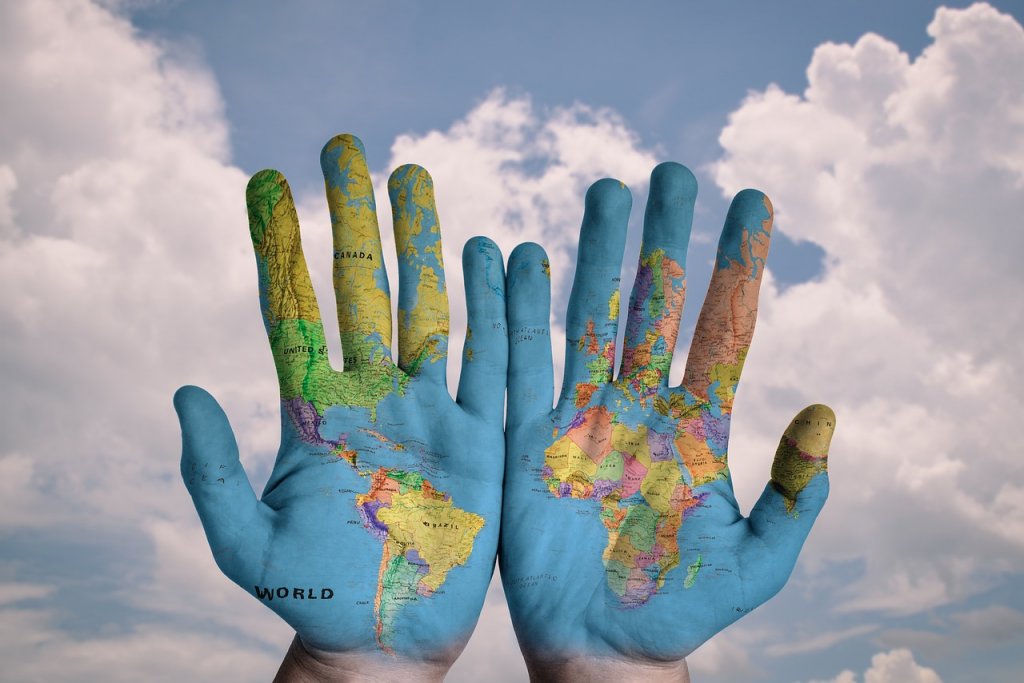There are many fascinating and remarkable facts and features about the world’s languages, ranging from the sheer diversity and number of them, to the skill of multilingual individuals capable of speaking in many tongues.
Below we delve into the world of languages and explore some of the most extraordinary features…
Language, speech and communication
As humans, we are gifted with the amazing characteristics of speech, communication and language, and with the help of digital technologies we can now connect with people on the other side of the world, have a conversation with someone who doesn’t speak our language, or even learn a new language, or two, ourselves.
There are over 7,000 languages in the world at present but there are fears that some of the rarest ones are in decline due to fewer speakers and the amalgamation of people in what were once, far-flung regions of the world.
About 40% of these rare languages have fewer than 1,000 speakers so it is seen as an important task to preserve and record these languages for future generations.
Of course, some languages are very common and have millions of speakers worldwide.
The UN lists six official languages:
• Arabic
• English
• French
• Russian
• Spanish
• Chinese
These languages account for just under 3 billion (less than half) of the world’s population as either a first or second languages.
The world’s most multilingual country
Many countries have more than one official language; Bolivia, for example, lists 37 official languages while the UAE lists only one official language (Arabic) even though many Emiratis speak fluent English and it is considered a common language in the region.
Surprisingly, the world’s most multilingual country is believed to be Papua New Guinea.
There are over 800 indigenous languages spoken here due to the country’s vast cultural and biological diversity which has previously meant that native people were naturally segregated by geographical features such as dense forests or mountains, so each area had its own language.
The official languages of the region reflect its colonial past with English, Tok Pisin (English-based with an indigenous mix) and Hiri Motu (based on the Motu language but with added English and Tok Pisin).
Many of the languages spoken in Papua New Guinea are now considered to be endangered with young people preferring to speak in one of the three official languages.
Other countries with diverse and multiple languages include:
Indonesia – just over 700 recorded languages but only around 250 of these are commonly spoken today
Nigeria – over 500 languages are recorded but there is dispute if these are dialects or languages. English is generally used in schools and for official purposes with around 60,000 000 speakers. Hausa is second with 48,000 000 speakers
India – around 400 languages including 387 living and 11 extinct languages
United States of America – 350+ according to census information
The world’s top ten most spoken languages
While there are thousands of different languages, and possibly millions of distinct dialects, the following languages are the world’s most spoken according to Ethnologue who have collected language data over the last 15 years:
1. English – 1.5 billion speakers worldwide
2. Mandarin Chinese – 1.1 billion
3. Hindi – 609.5 million
4. Spanish – 559.1 million
5. French – 309.8 million
6. Standard Arabic – 274 million
7. Bengali – 272.8 million
8. Portuguese – 263.6 million
9. Russian – 255 million
10. Urdu – 231.7 million
If you are looking to learn a new language, choosing one the top ten languages from the list above will give the opportunity to communicate with at least a quarter of a million speakers!












